15 Healthy Foods That Can Cause Serious Allergies
Eating healthy is vital for overall well-being, but some foods commonly considered healthy can cause severe allergies in certain people. Allergies happen when the body’s immune system reacts to something harmless, like food, as if a threat.
While many of these foods are packed with nutrients, they can trigger reactions ranging from mild to severe. Some symptoms might include itching, swelling, or life-threatening conditions like anaphylaxis.
Here are several healthy foods that may cause serious allergies for some people, even though they are nutritious for others.
Peanuts

Peanuts are a popular source of protein, fiber, and healthy fats but are among the most common allergens. For people with peanut allergies, even a tiny amount can trigger severe reactions, including difficulty breathing or anaphylactic shock.
Many schools and public spaces have peanut-free zones to protect those with this allergy. Interestingly, peanut allergies are often lifelong, making it essential to avoid all peanut-containing products.
Even items labeled “may contain peanuts” can pose a risk. Peanut allergy is one of the leading causes of food-related fatalities in allergic reactions.
Tree Nuts

Tree nuts, including almonds, walnuts, and cashews, are packed with healthy fats and vitamins. However, they can cause severe allergic reactions in people who are allergic to them. Symptoms can range from hives and swelling to life-threatening reactions like anaphylaxis.
Tree nut allergies are often lifelong, and even cross-contact with other foods can trigger an allergic response. Many people with tree nut allergies must also avoid products that may be processed in facilities that handle nuts. It’s crucial always to check food labels and ingredient lists carefully.
Shellfish
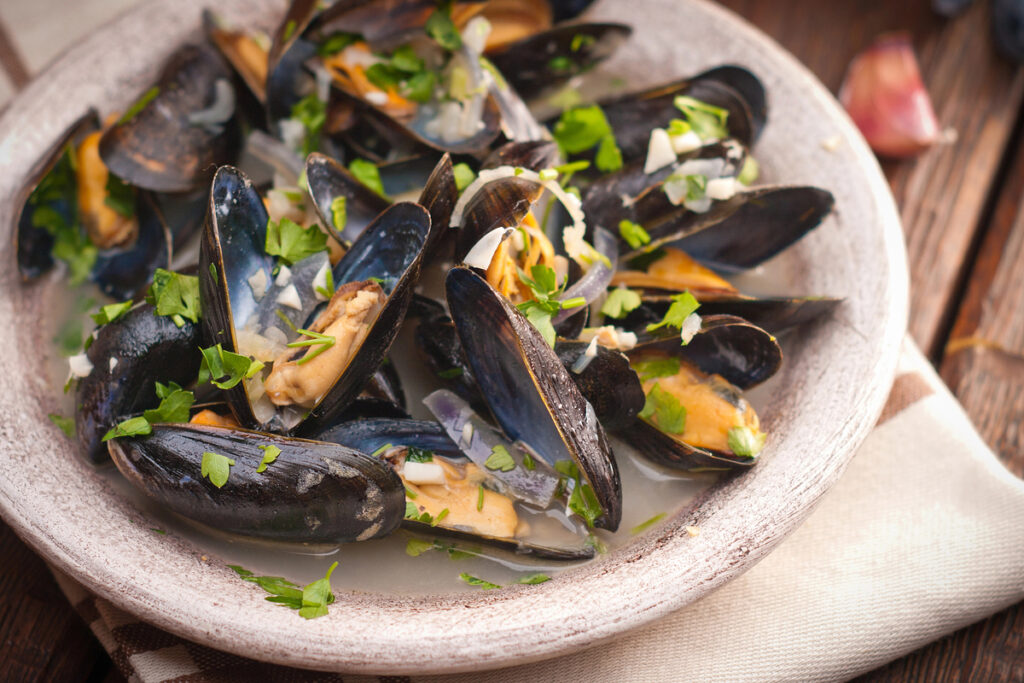
Shellfish, such as shrimp, crab, and lobster, are a great source of lean protein and omega-3 fatty acids, but they are one of the most common food allergens. Shellfish allergies can cause symptoms like nausea, vomiting, hives, or even anaphylaxis.
In some cases, cooking the shellfish doesn’t remove the allergenic proteins, meaning even the steam or vapors from shellfish can cause a reaction.
Shellfish allergies tend to be lifelong and can develop later in life. People with this allergy must be cautious when dining out, as cross-contact in kitchens is common.
Eggs

Eggs are a nutrient powerhouse, rich in protein, vitamins, and minerals, but they are also a common allergen, especially for children. While some outgrow egg allergies, others continue to have reactions throughout adulthood.
The proteins in both egg whites and yolks can trigger allergic reactions, though egg white allergies are more common. Symptoms can include skin reactions, stomach discomfort, or even respiratory issues.
Egg substitutes are available for baking or cooking, but it’s essential to ensure they’re free of egg traces. Vaccines containing egg protein can also pose a risk for those allergic to eggs.
Milk
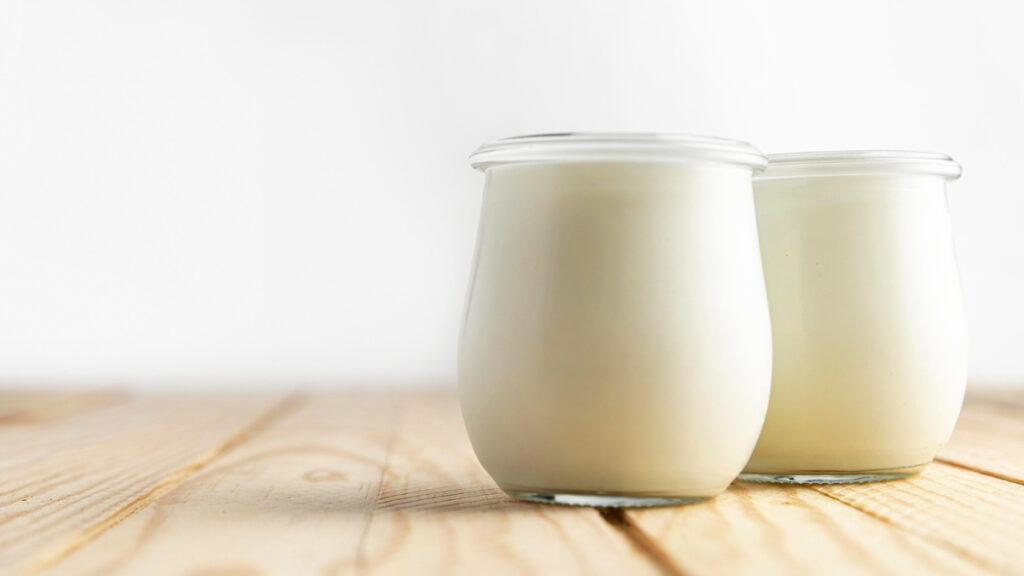
Milk is often considered a healthy and essential part of the diet, especially for children, but it’s also one of the top food allergens. People with a milk allergy have reactions to the proteins found in cow’s milk, and even small amounts can cause symptoms like hives, vomiting, or breathing difficulties.
Milk allergies are different from lactose intolerance, which only affects digestion. Children often outgrow milk allergies, but some people remain allergic throughout their lives. Dairy-free alternatives like almond or soy milk can be helpful, but checking for cross-contact is important.
Soy
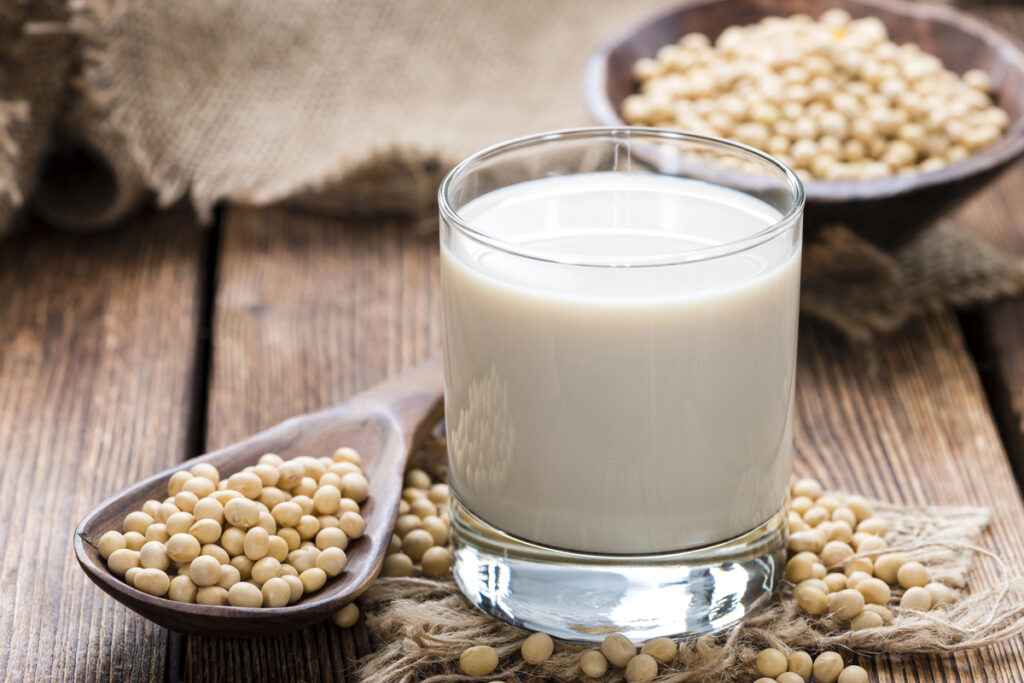
Soy is a popular plant-based protein found in many foods, including tofu, soy milk, and various processed products. However, soy allergies can trigger reactions such as skin rashes, stomach pain, or breathing problems.
Soy is one of the most common food allergens, especially in children, though many outgrow it by adulthood. Since soy is used in many processed foods, avoiding it completely can be challenging. Reading food labels is crucial for those with soy allergies, as it may appear in unexpected products like sauces or breads.
Wheat

Wheat is a staple in many diets, used in bread, pasta, and various baked goods, but it’s also a potential allergen. People with wheat allergies react to the proteins found in wheat, leading to symptoms like hives, digestive issues, or difficulty breathing.
Wheat allergies are different from gluten intolerance or celiac disease, though they can have similar symptoms. Avoiding wheat requires careful attention to food labels and ingredient lists. Thankfully, there are many wheat-free alternatives, such as rice, corn, or gluten-free products.
Fish

Fish is often praised for being rich in omega-3 fatty acids and lean protein, making it a healthy choice for many. However, fish allergies can cause serious reactions in some individuals, even from handling or inhaling vapors during cooking.
Fish allergies can be life-threatening; people allergic to one type of fish are often allergic to others. Some may also react to fish oils or gelatin made from fish bones. Dining at seafood restaurants can be risky due to cross-contact, so those with fish allergies need to be vigilant.
Sesame Seeds
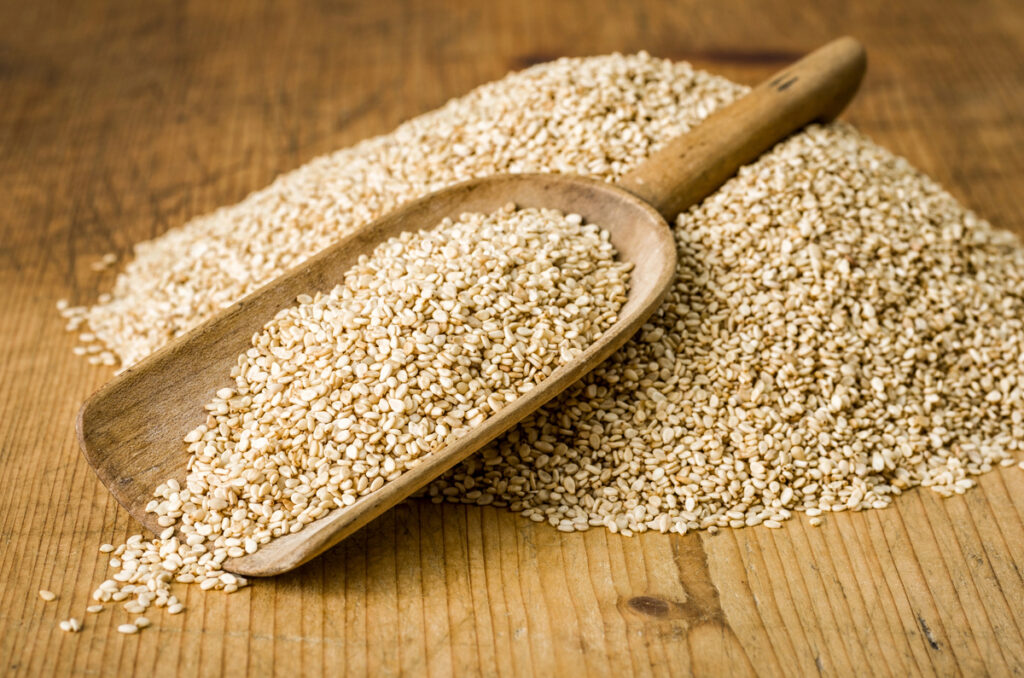
Sesame seeds are packed with nutrients, providing healthy fats, protein, and fiber, but they can also cause severe allergic reactions. Sesame allergies have become more common, and they can cause symptoms like hives, asthma, or anaphylaxis.
Sesame seeds are found in many foods, including baked goods, sauces, and snack bars, making them hard to avoid. People with sesame allergies must check food labels closely, as sesame is sometimes listed under different names, like “tahini” or “benne seeds.” In some countries, sesame is one of the major allergens that must be declared on food labels.
Corn

Corn is often considered a safe and healthy grain, but for some, it can trigger allergic reactions. Corn allergies can cause symptoms like skin rashes, respiratory issues, or digestive problems.
Corn is found in many forms, including corn syrup, cornmeal, and even in non-food products like cosmetics. Since corn is a common ingredient in processed foods, it can be difficult to avoid. People with corn allergies should be careful with packaged foods and look for corn-free alternatives.
Avocados
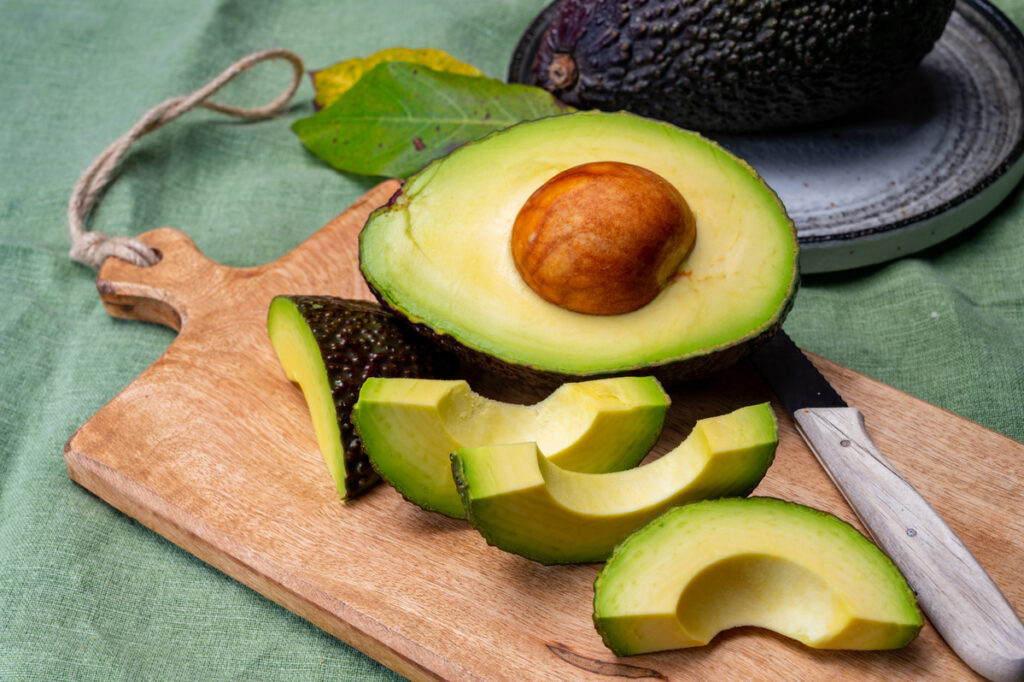
Avocados are a nutrient-rich fruit, high in healthy fats, fiber, and vitamins, but they can cause allergic reactions in some people. Avocado allergies are often linked to latex allergies, as the proteins in avocados are similar to those found in latex.
Reactions can include itching, swelling, or even more serious symptoms like difficulty breathing. In some cases, people may only react to raw avocados, while cooked avocados are safe to eat. If you suspect an avocado allergy, it’s important to talk to a doctor and avoid avocado products.
Bananas
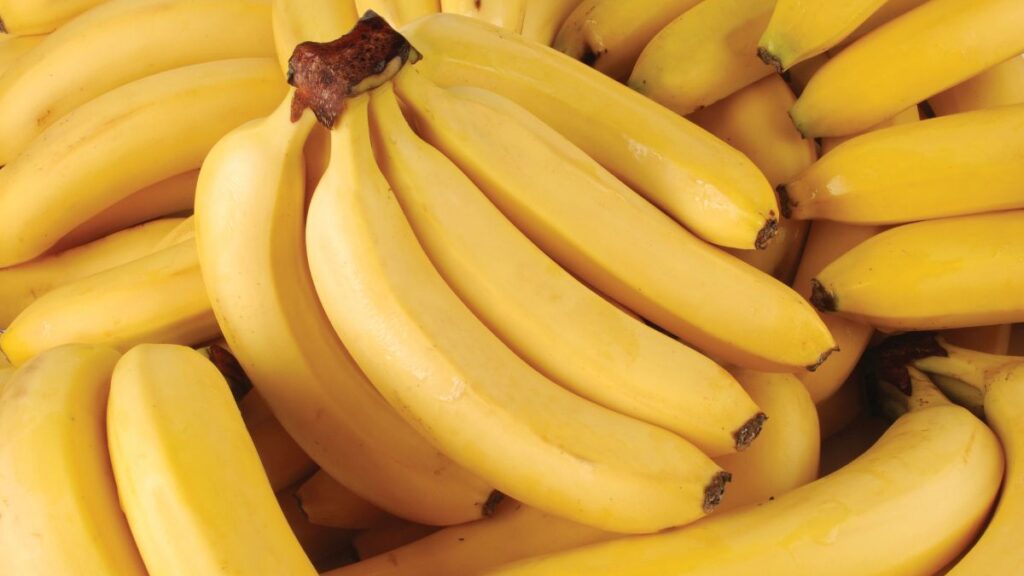
Bananas are a popular and healthy snack, rich in potassium and fiber, but they can cause allergic reactions in people with latex allergies. This is because the proteins in bananas are similar to those found in latex, leading to what’s called latex-fruit syndrome.
Symptoms may include itching, swelling, or more severe reactions like difficulty breathing. In some cases, cooking bananas can reduce the risk of a reaction. If you have a banana allergy, it’s essential to avoid other fruits that may cause similar reactions, like kiwis or chestnuts.
Strawberries
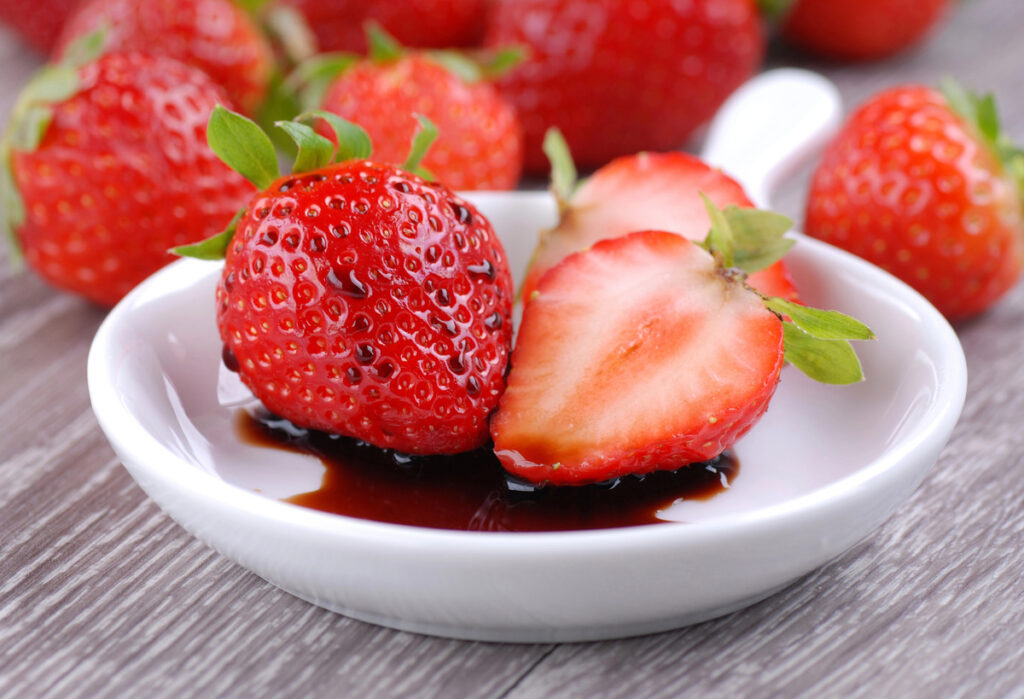
Strawberries are packed with vitamins, antioxidants, and fiber, making them a healthy choice for most people. However, some individuals can have allergic reactions to strawberries, experiencing symptoms like itching, swelling, or even breathing difficulties. The proteins in strawberries can trigger an immune response in those who are allergic.
Interestingly, some people who are allergic to strawberries may also react to other fruits like raspberries or blackberries. Cooking strawberries can sometimes reduce the allergenic proteins, making them safer for some people to eat.
Kiwi

Kiwi is a small but nutrient-dense fruit, high in vitamin C and fiber, yet it can cause allergic reactions in certain people. Symptoms of a kiwi allergy include itching or tingling in the mouth, swelling, or more severe reactions like difficulty breathing.
Kiwi allergies are often linked to allergies to other fruits, like bananas or avocados. Children are more likely to be allergic to kiwi, but the allergy can persist into adulthood. Avoiding raw kiwi and products containing kiwi is the best way to prevent an allergic reaction.
Tomatoes
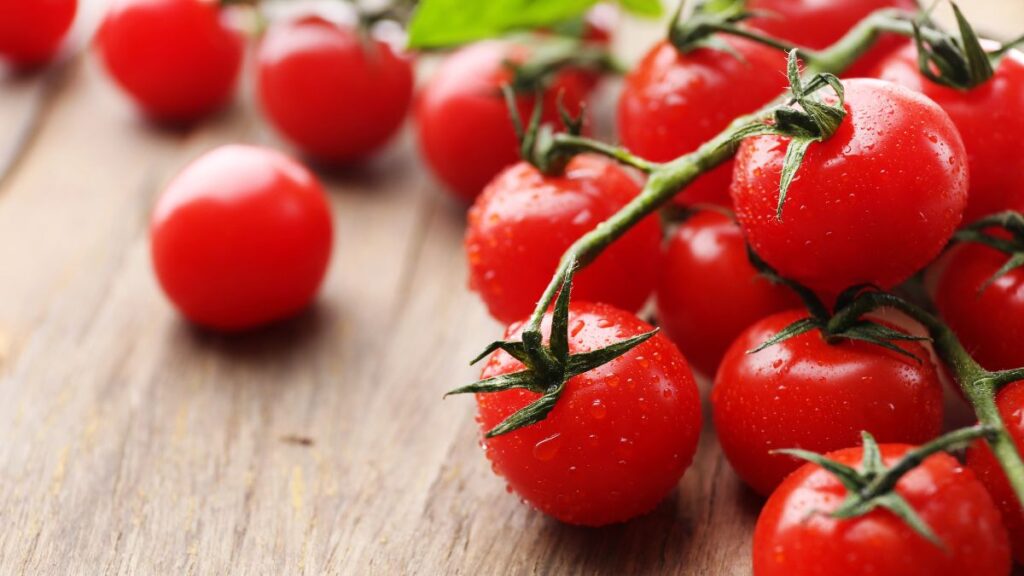
Tomatoes are a staple in many diets, full of vitamins, antioxidants, and fiber, but they can trigger allergic reactions in some people. Tomato allergies can cause symptoms like skin rashes, itching, or swelling, particularly around the mouth and face.
This reaction is often linked to the proteins found in raw tomatoes, and some people with tomato allergies may also react to other nightshades like potatoes or eggplants.
Cooking tomatoes can reduce their allergenic proteins, making them safer for some individuals to eat. Those with a severe allergy should avoid both raw and cooked tomatoes.
15 Things That Have Become So Expensive People Are Giving Them Up

With the cost of living steadily increasing, people are being forced to rethink how they spend their money. Many everyday items, services, and activities have become too expensive to justify.
15 Things That Have Become So Expensive People Are Giving Them Up
15 Things You Should Never Share With Anyone

While sharing personal information has become increasingly common, it’s essential to recognize that not everything is meant to be shared with others. Some aspects of our lives are best kept private to protect our well-being, relationships, and sense of self.







